Pain Relief Supplements
Key Take Aways
- Natural Origin: Herbal remedies are derived from plants and are often considered more natural.
- Fewer Side Effects: Generally, they tend to have fewer and less severe side effects compared to chemical drugs.
- Holistic Approach: Herbal remedies often fit well within a holistic approach to health, potentially addressing multiple aspects of well-being.
- Longer History: Many herbal remedies have been used for centuries, providing a rich history of anecdotal evidence.
- Variability: The effectiveness of herbal remedies can be more variable, as the concentration of active ingredients can differ between plants and preparations.
- Limited Scientific Research: There is often less scientific research available to support their efficacy and safety compared to chemical drugs.
- Standardized Dosing: Chemical drugs are typically standardized in their dosage and potency, making them more predictable in their effects.
- Stronger Potency: They can offer more immediate and potent relief, especially for severe pain.
- Extensive Research: There is typically a wealth of scientific research supporting their use, including clinical trials.
- FDA Regulation: In many countries, these drugs are regulated for safety, efficacy, and quality.
- Side Effects: Chemical pain relievers can have significant side effects, and some can be addictive, particularly opioids.
- Accessibility: They are often more readily available through pharmacies and are sometimes covered by insurance.
1. Introduction to Pain Relief Methods
Pain relief is a crucial aspect of healthcare, offering comfort and improving the quality of life. This article delves into the long-standing debate between herbal and chemical pain relief methods, providing an in-depth analysis of their benefits, limitations, and overall effectiveness.
SUMMARY
Both herbal and chemical pain relief methods have their place in pain management, and the choice between them should be made based on individual needs, circumstances, and professional medical advice.
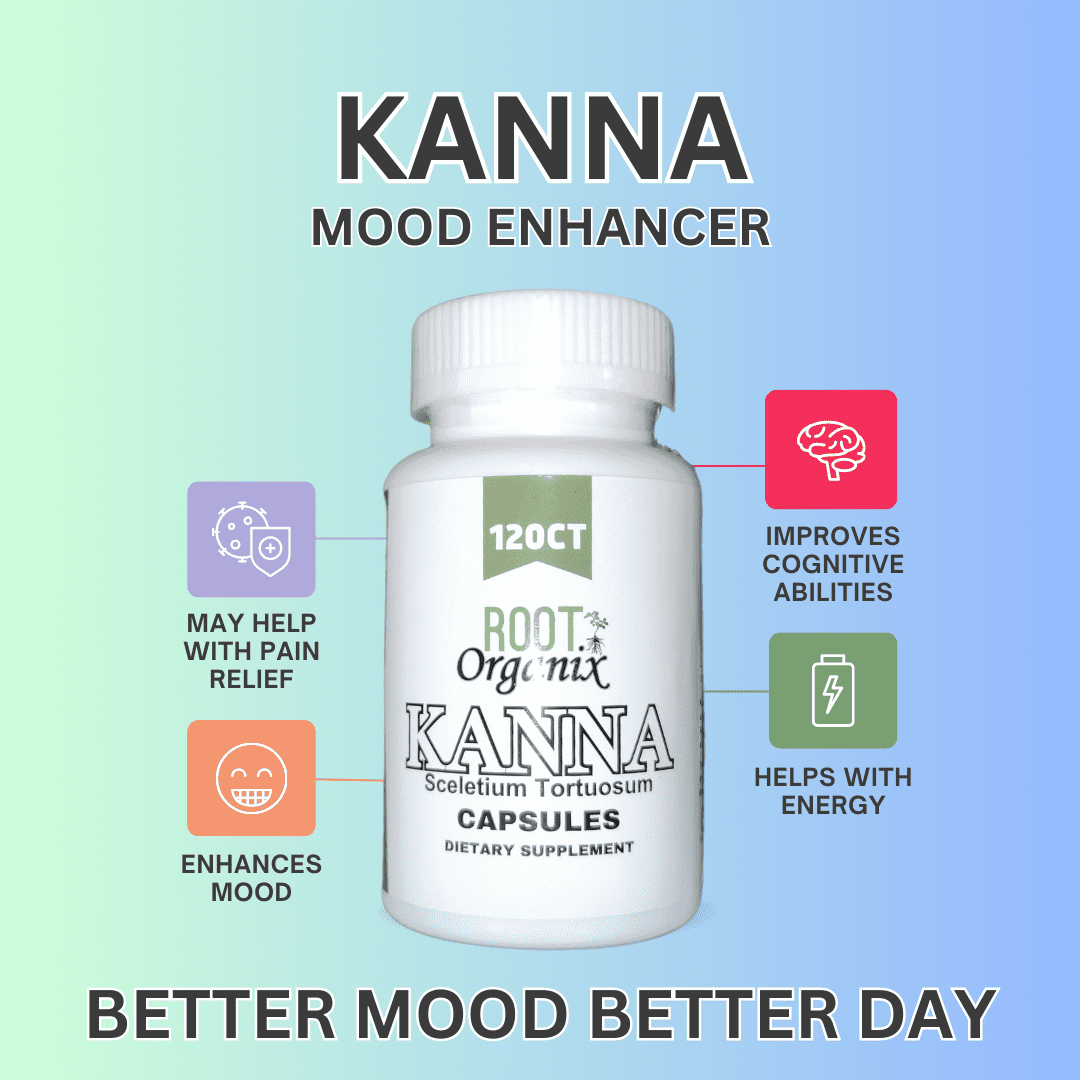
2. Historical Perspective
Herbal remedies have been used for centuries, utilizing nature’s bounty for pain relief. In contrast, the development of chemical painkillers marks a significant advancement in modern medicine, offering quick and potent relief.
3. Herbal Pain Relief
Herbal remedies, including plants like willow bark and turmeric, offer a natural approach to pain management. Their benefits include fewer side effects and holistic healing, but they also come with limitations such as variable potency and slower action.
In recent years there have been more choices for herbal medicines for pain such as kratom, a Southwest Asian tree. It’s leaves have been used for centuries for pain, energy and mood. Kratom’s properties are unique and are currently being used now worldwide where it is not banned. The science behind kratom is growing, it has been shown there over 40 alkaloids that play a role in providing the users with these remarkable properties such as pain relief.
As time goes on we continue to discover more options such as CBD, Blue Lotus, Akuamma Seed and Kanna. All of these are less known and are not being used as much as Kratom is in present day.
List Of Pain Relieving Botanicals
- Kratom Leaf & Extracts: Known for its pain-relieving properties, particularly in managing chronic pain. However, it’s important to note its legality and safety are subjects of debate in many regions.
- Akuamma Seed: Often used in African herbal medicine, it contains alkaloids known for their analgesic properties.
- Blue Lotus: Traditionally used as a natural painkiller and muscle relaxant. It’s also known for its sedative and euphoric effects.
- Willow Bark: Traditionally used for pain relief, especially for headaches, muscle pain, and inflammatory conditions. It contains salicin, which is similar to the main ingredient in aspirin.
- Turmeric: Contains curcumin, a compound with strong anti-inflammatory and antioxidant properties. It’s often used for joint pain and arthritis.
- Ginger: Known for its anti-inflammatory and analgesic properties. It’s commonly used for muscle and joint pain, as well as for nausea.
- Devil’s Claw: Used for arthritis, headaches, and low back pain due to its anti-inflammatory properties.
- Arnica: Often used in topical creams and ointments for relieving pain from bruises, sprains, and arthritic pain.
- Capsaicin (from Chili Peppers): Used in topical creams and patches for nerve pain, muscular aches, and arthritis.
- Peppermint Oil: Applied topically, it can help relieve tension headaches and muscular aches due to its menthol content.
- Boswellia (Frankincense): Used for its anti-inflammatory properties, particularly in conditions like osteoarthritis and rheumatoid arthritis.
- St. John’s Wort: Typically used for nerve pain and may help in treating mild to moderate depression, which can sometimes accompany chronic pain.
- Valerian Root: Known more for its sedative properties, it can also be helpful in relieving muscle and joint pain.
- White Willow Bark: Similar to willow bark, it’s used for pain, including headaches and menstrual cramps.
- Feverfew: Traditionally used for migraine prevention and relief, as well as for arthritis and muscle tension.
- Kava Kava: Known for its sedative effects, it can also be used for muscle relaxation and pain relief.
- Licorice Root: Has anti-inflammatory properties and is sometimes used for digestive discomfort and muscular pain.
- Cat’s Claw: Used for various types of pain, including arthritis and inflammation.
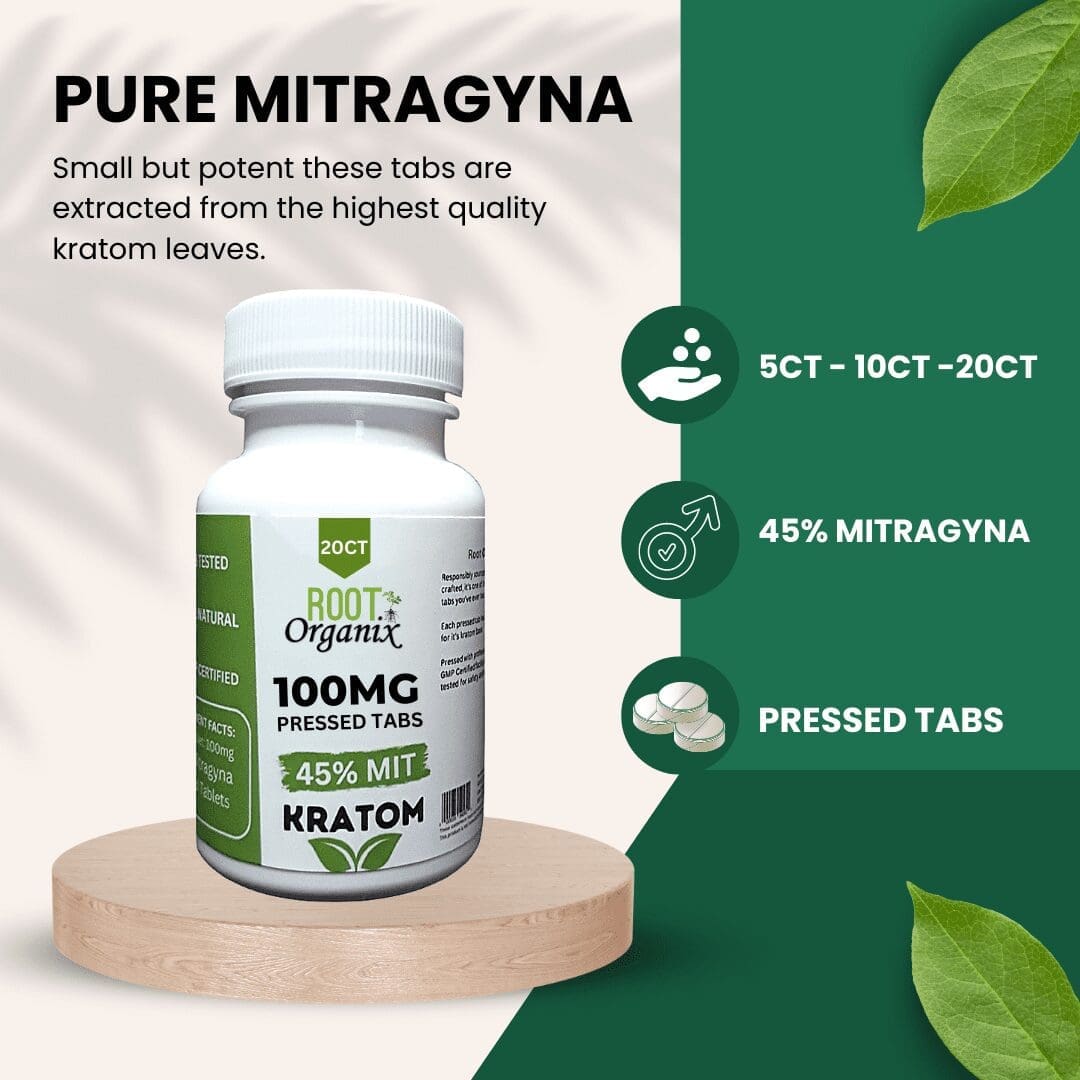
4. Chemical Pain Relief
Chemical painkillers, such as ibuprofen and acetaminophen, are widely used for their fast-acting and potent effects. However, they may carry risks like liver damage and addiction, necessitating careful usage.
List Of Chemical Pain Killers
- Alfentanil – Administered intravenously with an onset of effect in 90 seconds and a duration of 45-60 minutes.
- Codeine – An oral medication effective in 15-60 minutes, lasting 3-4 hours.
- Fentanyl – Available in various forms including IV, intramuscular, buccal, sublingual, and transdermal, with varying onset times and durations.
- Hydrocodone – An oral opioid with a 10-20 minute onset and 4-8 hour duration.
- Hydromorphone – Available orally and intravenously, effective within 5-30 minutes and lasting 3-4 hours.
- Methadone – Administered subcutaneously with a 15-minute onset and 3-4 hour effect.
- Morphine – Available in oral, IV, and subcutaneous forms with different onset times and durations.
- Oxycodone – An oral medication effective in 10-15 minutes and lasting 3-6 hours.
- Oxymorphone – Available orally and intravenously with varying onset and duration depending on the form.
- Tramadol – An oral medication with immediate and extended-release forms
Sources: https://www.drugs.com/drug-class/narcotic-analgesics.html
The opioid crisis has led to significant lawsuits against companies involved in the manufacture and distribution of these drugs. In 2023, state and local governments received about $1.5 billion in settlement funds from over a dozen companies. These companies are expected to pay more than $50 billion over nearly two decades.
Notable settlements include those with manufacturers like Johnson & Johnson, Teva Pharmaceutical Industries, Allergan, and Purdue Pharma, as well as distributors and retail pharmacies such as AmerisourceBergen, Cardinal Health, McKesson, Walmart, Walgreens, and CVS. Purdue Pharma’s case, involving $6 billion, is particularly notable as it is currently under Supreme Court review.
The use of these settlement funds, however, has raised concerns about transparency and effectiveness. Only a minority of states have committed to fully reporting how they use their settlement dollars. The funds are being used for various purposes, including treatment and overdose prevention, but some have controversially been allocated to law enforcement and other non-treatment-related areas. The lack of a coherent national plan and the wide distribution of funds across many recipients complicates the effective use of this money.
As part of the settlements, companies agreed to change problematic business practices, like curtailing opioid sales and marketing. However, this has led to unintended consequences, such as stricter limits on all controlled substances, affecting the availability of medications for chronic pain and opioid addiction treatment.
The states’ and local governments’ approaches to utilizing the settlement funds vary, with some like Ohio creating more structured plans, while others lack clear strategies. This variation raises concerns about whether the funds will effectively address the opioid crisis. There are guidelines, like requiring 85% of the money to be spent on opioid abatement, but the effectiveness of these guardrails is uncertain.
In summary, while the settlements provide significant funds to combat the opioid crisis, the effectiveness of their use remains a concern, with issues around transparency, accountability, and strategic allocation of these resources.
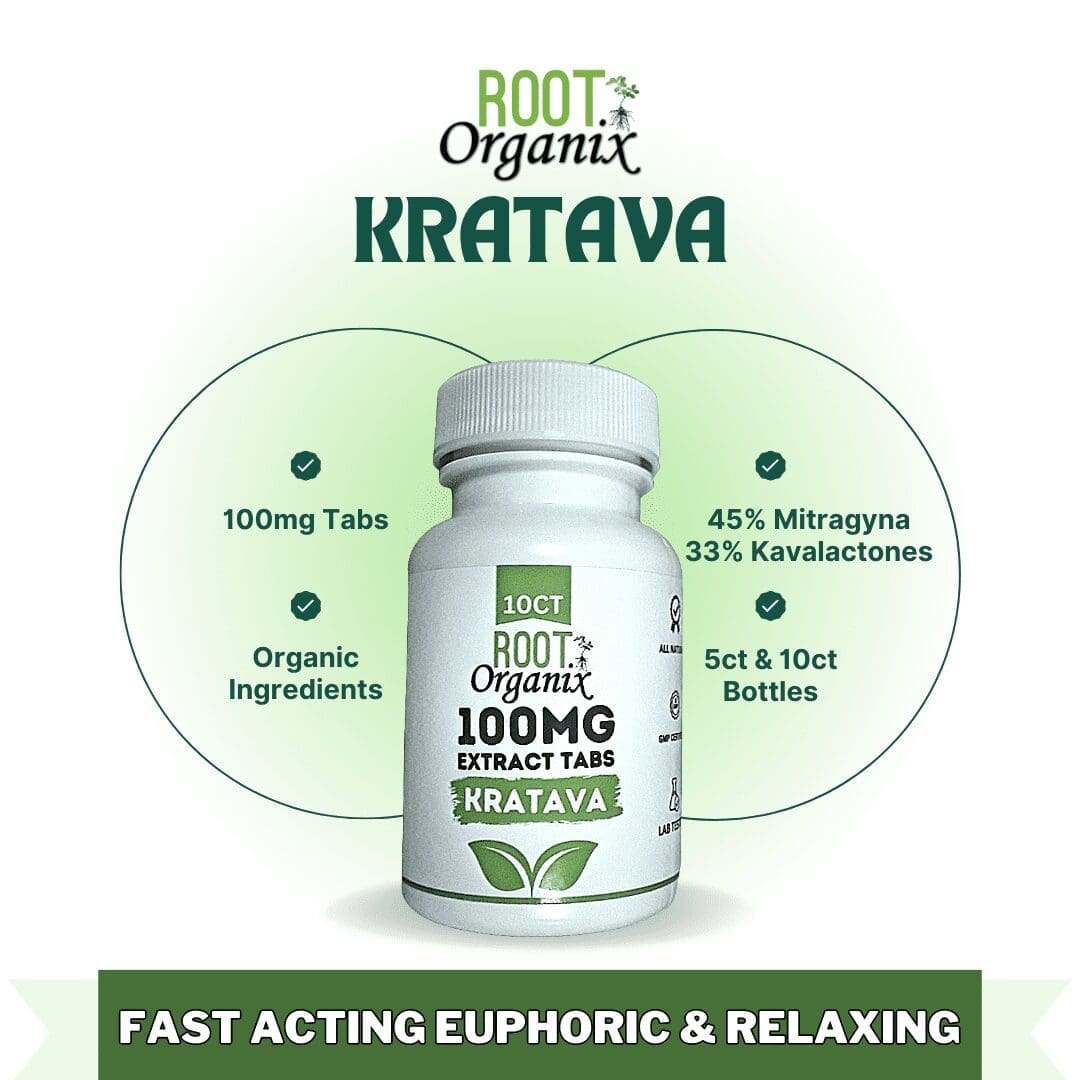
5. Comparative Analysis
Comparing efficacy, herbal remedies often provide gentler relief with minimal side effects, while chemical painkillers offer quick and strong relief but with potential risks. Accessibility and cost also vary, with herbal remedies often being more affordable but less regulated.
- Efficacy and Mechanism of Action:
- Herbal Remedies: They typically work more subtly and may take longer to show effects. Their mechanism often involves a range of plant compounds working synergistically, which can vary in potency.
- Chemical Painkillers: These are usually more potent and offer quick relief. They are designed to target specific pain pathways in the body, such as blocking the production of pain-causing chemicals (like NSAIDs) or altering pain perception in the brain (like opioids).
- Side Effects:
- Herbal Remedies: Generally, they have fewer and milder side effects. However, this can vary widely depending on the herb, dosage, and individual’s response. Some herbal remedies can interact with other medications.
- Chemical Painkillers: They often have a higher risk of side effects, which can range from mild (like gastrointestinal discomfort with NSAIDs) to severe (like addiction and tolerance with opioids). The risk increases with dosage and duration of use.
- Accessibility and Regulation:
- Herbal Remedies: They are widely available in health food stores, online, and sometimes even in grocery stores. However, they are less regulated than pharmaceuticals, leading to concerns about purity, quality, and labeling accuracy.
- Chemical Painkillers: These are usually available through pharmacies, often requiring a prescription. They are rigorously tested and regulated for safety, efficacy, and quality.
- Cost:
- Herbal Remedies: They are often more affordable, though prices can vary. The cost-effectiveness also depends on the quality and source of the herbs.
- Chemical Painkillers: They can be expensive, especially for newer or brand-name drugs. However, insurance coverage can mitigate costs, and generic versions are often available at a lower price.
While herbal remedies offer a gentler, potentially safer option with fewer side effects, their efficacy can be less predictable and more gradual. Chemical painkillers provide rapid and potent relief but come with higher risks of side effects and are more strictly regulated. The choice between them depends on individual health needs, preferences, severity of pain, and medical advice.
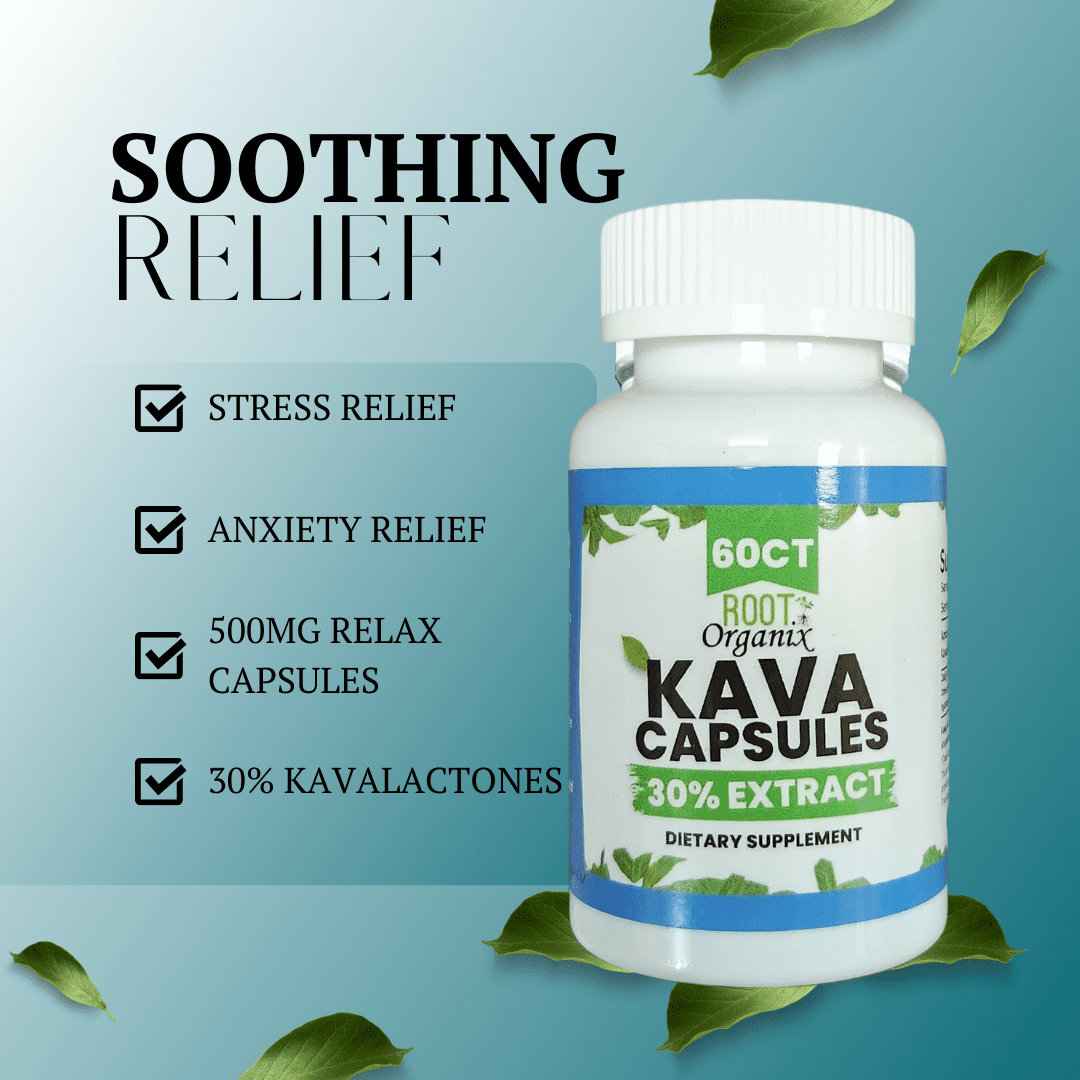
6. User Experiences and Case Studies
Personal experiences and clinical research provide insights into the effectiveness of both methods. Case studies reveal varied responses, highlighting the need for individualized pain management strategies.
- Personal Experiences:
- Herbal Medicine: Many individuals report positive experiences with herbal remedies, citing fewer side effects and a preference for a more natural approach. However, others may find these remedies less effective, especially for severe pain.
- Chemical Painkillers: While many people experience significant pain relief with chemical painkillers, others may struggle with side effects or, in some cases, dependency issues, particularly with opioids.
- Clinical Research:
- Herbal Medicine: Research on herbal remedies often shows mixed results, partly due to variations in plant compounds and preparation methods. Some herbs have well-documented pain-relieving properties, but others lack rigorous scientific support.
- Chemical Painkillers: Extensive research supports the efficacy of chemical painkillers. However, studies also highlight risks, including potential side effects and the issue of tolerance and addiction, especially with long-term use.
- Case Studies:
- Case studies often reveal a broad spectrum of responses to both herbal and chemical pain management strategies. These individual stories underscore the variability in how different bodies respond to treatments, influenced by factors like genetics, underlying health conditions, and concurrent medication use.
- Individualized Pain Management:
- The varied responses highlighted by personal experiences and case studies emphasize the importance of individualized pain management strategies. What works effectively for one person may not be as effective or safe for another.
- A personalized approach often involves considering the individual’s specific pain condition, medical history, lifestyle, and preferences. It may also include a combination of herbal and chemical treatments, along with other therapies like physical therapy, acupuncture, or psychological support.
Both personal experiences and clinical research provide valuable insights into the effectiveness of herbal and chemical approaches to pain relief. The varied responses seen in case studies indicate that pain management should be highly individualized, taking into account the unique needs and circumstances of each person.

7. Expert Opinions
Medical professionals and herbalists offer diverse perspectives, emphasizing the importance of understanding patient needs and the context of pain.
- Perspectives of Medical Professionals:
- Medical professionals, including doctors and pharmacists, typically have a strong foundation in conventional medicine. They often advocate for evidence-based approaches, emphasizing treatments that have been rigorously tested in clinical trials.
- They might prioritize pharmaceutical painkillers, especially in acute or severe pain situations, due to their proven efficacy and quick action.
- However, many are also recognizing the value of integrating alternative therapies, including herbal remedies, into pain management, particularly for chronic pain or when patients express a preference for natural treatments.
- Perspectives of Herbalists:
- Herbalists focus on the use of plant-based remedies and often have extensive knowledge of traditional medicine. They advocate for a more holistic approach to health, considering the physical, emotional, and environmental factors contributing to pain.
- They tend to emphasize the gentler nature of herbal remedies and their potential for fewer side effects, as well as their role in treating the underlying causes of pain rather than just the symptoms.
- Herbalists might also highlight the importance of individualized treatment, recognizing that different individuals may respond uniquely to the same herbal remedy.
- Understanding Patient Needs:
- Both medical professionals and herbalists agree on the importance of understanding patient needs. This includes considering the patient’s medical history, lifestyle, preferences, and any concerns about side effects or interactions with other medications.
- Patient education is also crucial. Both types of practitioners often spend time educating patients about their treatment options, potential benefits, risks, and the realistic outcomes they can expect.
- Context of Pain Management:
- The context in which pain is being managed—whether it’s acute, chronic, mild, or severe—greatly influences the choice of treatment.
- For acute or severe pain, conventional medical approaches are often preferred for immediate relief.
- For chronic pain, a combination of therapies, including herbal remedies, lifestyle changes, and physical therapies, may be more appropriate.
In summary, medical professionals and herbalists offer valuable but different perspectives on pain management. Their collective insights underline the necessity of a patient-centered approach that considers the individual’s unique situation and preferences. This approach often involves a combination of conventional and alternative therapies, tailored to the specific needs and context of the patient’s pain management.

8. Integrative Approaches
An integrative approach, combining herbal and chemical methods, can offer a balanced and effective pain management strategy, tailored to individual needs.
- Combining Strengths of Both Approaches:
- Chemical painkillers are often effective for immediate and significant pain relief, especially in cases of acute pain or post-surgical pain.
- Herbal remedies can be useful for managing chronic pain, minimizing side effects, and possibly treating underlying causes of pain, like inflammation.
- Individualized Treatment Plans:
- An integrative approach allows for personalized treatment plans. For instance, a person with chronic pain might use pharmaceutical pain relievers for flare-ups and herbal remedies for ongoing management.
- The treatment can be adjusted based on the patient’s response, preferences, and any side effects experienced.
- Reducing Risks and Side Effects:
- By using a combination of methods, it’s often possible to reduce the dosage and frequency of chemical painkillers, thereby lowering the risk of side effects and dependency.
- Herbal remedies, when used correctly, can offer a safer alternative for long-term use, particularly for managing mild to moderate pain.
- Holistic Health Focus:
- Integrative pain management also often includes a focus on holistic health, such as dietary changes, physical therapy, exercise, and stress management techniques.
- This holistic approach can enhance overall well-being and may also help in reducing the intensity and frequency of pain episodes.
- Professional Guidance and Monitoring:
- It’s crucial to have professional guidance when combining herbal and chemical treatments. This ensures safe and effective use, especially since some herbal remedies can interact with pharmaceutical drugs.
- Regular monitoring by healthcare professionals can help in adjusting treatment plans as needed and in managing any potential interactions or side effects.
An integrative approach to pain management that combines herbal and chemical methods can offer a more comprehensive and personalized treatment strategy. This approach not only targets pain relief effectively but also addresses broader health needs, potentially improving long-term outcomes and quality of life for individuals dealing with pain.
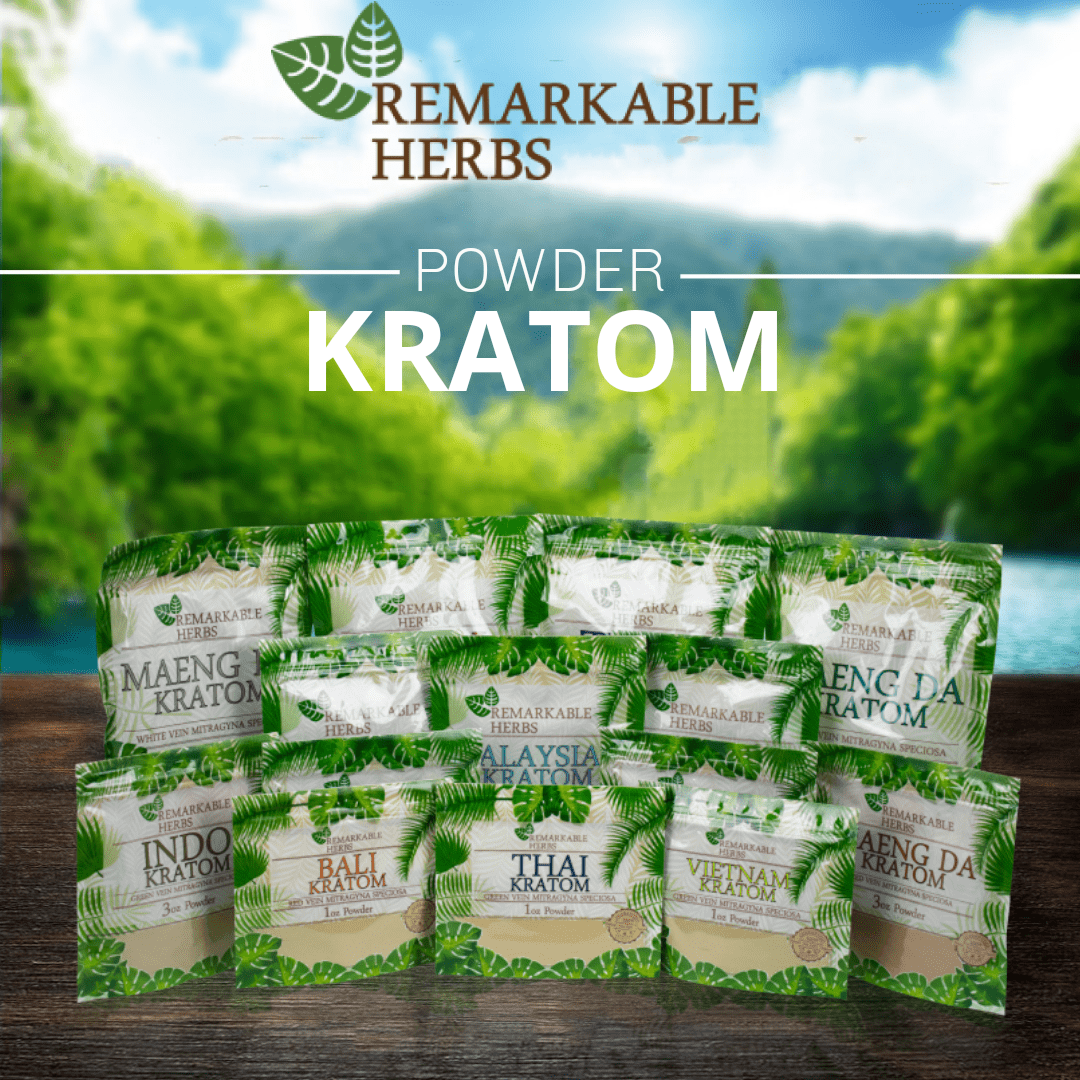
9. Future Trends in Pain Relief
Emerging research and potential innovations in both herbal and chemical pain relief promise exciting developments, potentially revolutionizing pain management.
- Advancements in Herbal Pain Relief:
- Targeted Research: There’s an increasing focus on scientifically validating traditional herbal remedies, identifying active compounds, and understanding their mechanisms of action.
- Standardization and Quality Control: Efforts are being made to standardize herbal products for consistent quality and potency, which is crucial for their effective and safe use in pain management.
- Combining Herbs with Technology: Innovations like nano-encapsulation of herbal compounds are being explored to enhance their absorption and efficacy.
- Innovations in Chemical Pain Relief:
- Non-Opioid Painkillers: Given the opioid crisis, there’s a significant push towards developing effective non-opioid painkillers that can provide relief without the risk of addiction.
- Personalized Medicine: Advances in genetics and biotechnology are paving the way for more personalized pain management strategies, where treatments are tailored based on an individual’s genetic makeup.
- Targeted Drug Delivery Systems: Innovations in drug delivery, such as localized or controlled-release systems, aim to maximize pain relief while minimizing side effects.
- Interdisciplinary Research:
- Combining insights from pharmacology, herbal medicine, neuroscience, and biotechnology is leading to a more holistic understanding of pain and its management.
- This interdisciplinary approach is crucial for developing innovative strategies that effectively integrate herbal and chemical methods.
- Focus on Underlying Causes:
- There’s an increasing emphasis on addressing the underlying causes of pain, not just the symptoms. This involves looking at pain from a broader perspective, including its psychological and lifestyle-related aspects.
- Integrative Treatments:
- Research is also exploring how different modalities, like combining herbal remedies with modern pharmaceuticals, can work together more effectively for pain management.
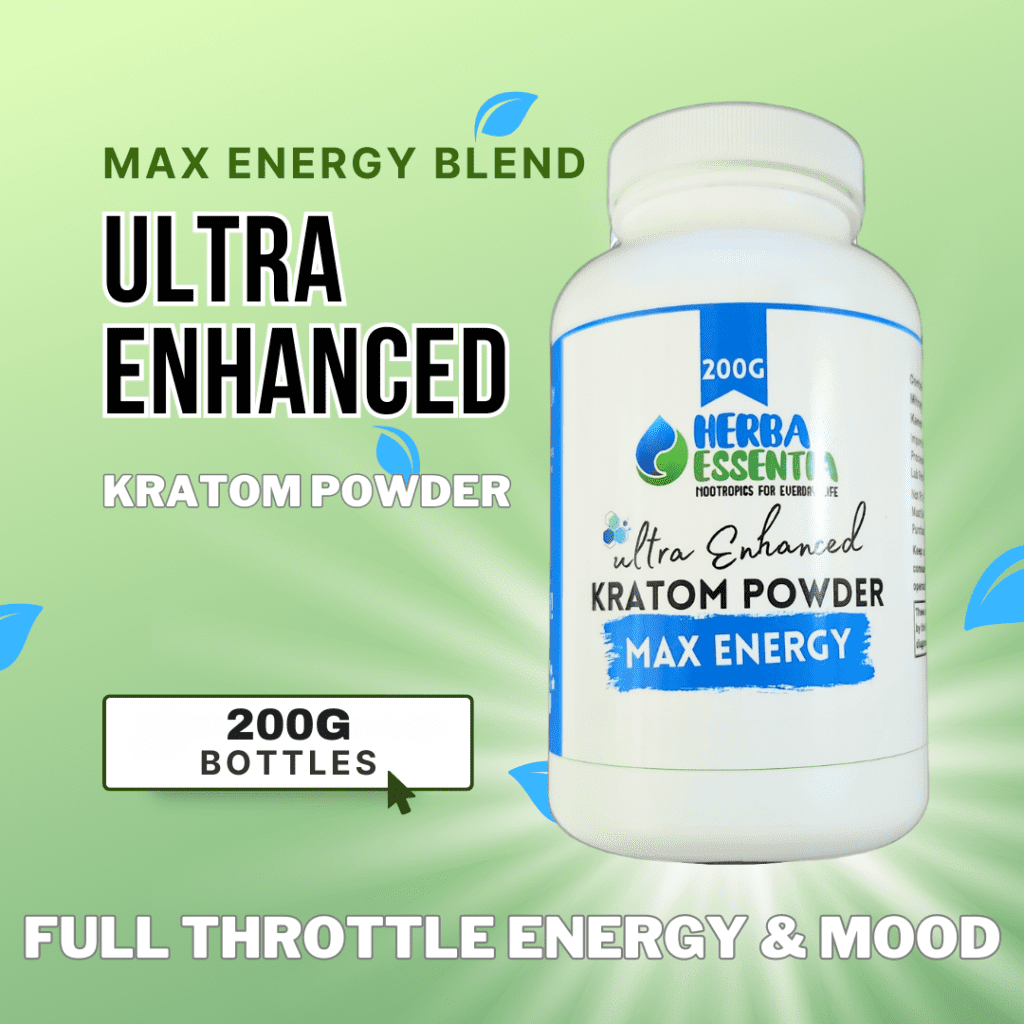
10. Conclusion: The Landscape Of Pain Management
Understanding the nuances of herbal and chemical pain relief methods is crucial. Both have their place in pain management, and an informed choice, often integrating both, can lead to effective and safe pain relief.
FAQs
What are some common herbal remedies for pain relief?
Can chemical painkillers be used safely for long-term pain management?
How does one choose between herbal and chemical pain relief?
Are there any side effects associated with herbal pain relief methods?
Is combining herbal and chemical pain relief methods effective?
Sources:
- NIH: https://www.ncbi.nlm.nih.gov/pmc/articles/PMC7918078/
- NIH: https://www.ncbi.nlm.nih.gov/pmc/articles/PMC9785912/
Related Articles:
- Benefits of Herbal Supplements Joint Pain
- Top CBD Cream Relieves Arthritis Pain Now
- Pain Management With Doctor Mitchell Yass
- Opioid Lawsuits & Payout Big Pharma Exposed
#pain #painmanagement #opioids #painkillers #naturalpainrelief #chemicalpainrelif #opioidreceptors #naturalpainrelief #painrelief #herbalmedicine #chemicalmedicine #americanhealth #healthandwellness #herbalsupplements #alternativehealing #naturalremedies #thedailydosepodcast
Meet The Author





